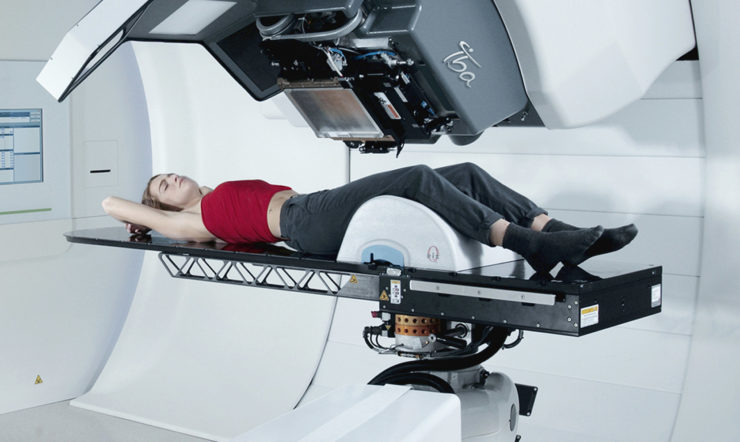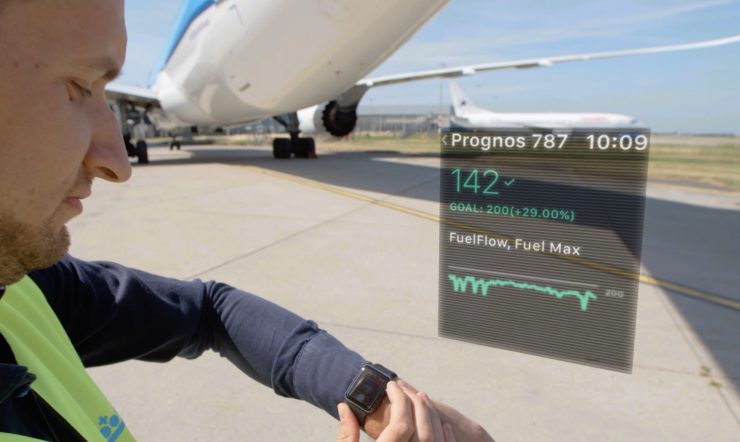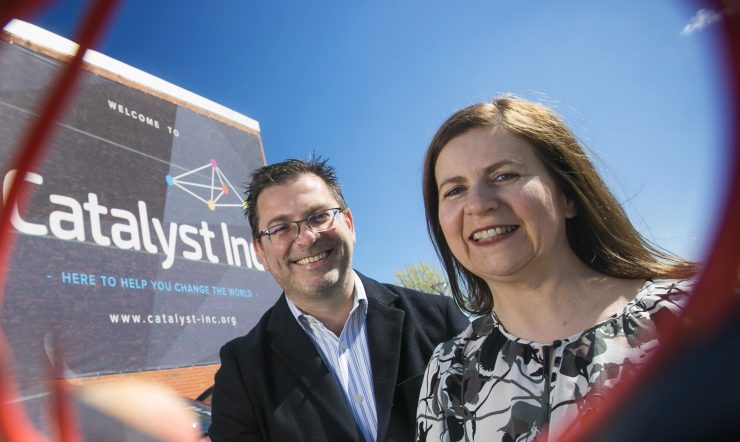AI: doing the unseen work in customer relations
Pick a study – any study – on the subject of AI in the workplace and you will find consensus from employers that 1) AI will fundamentally change how businesses operate and 2) they have little idea how to implement it. It’s perfectly understandable. When you have businesses still struggling with how to leverage one transformative technology in cloud computing, the prospect of integrating another can be overwhelming.
Part of the problem is figuring out where AI can deliver productivity gains and cost reductions. That isn’t code for ‘how a machine will do away with your job’ more, how AI can help small businesses deliver like bigger ones.
In Ireland we have a real opportunity to become leaders in AI adoption thanks largely to the fact that the retail sector has yet to make the most of e-commerce. According to the IEDR – the company responsible for the .ie domain name – about 40% of domestic companies cannot process sales through their website. This is a sobering state of affairs but it does mean that when these companies do embrace e-commerce, they will be moving straight to AI-powered customer relationship management (CRM) systems. That puts us in an exciting position as technology evangelists to talk about how Microsoft Dynamics 365 and Bot Framework treat AI as both a tool for sales professionals and a customer touchpoint.
Thanks to the popularity of digital personal assistants, like Cortana, conversational interfaces are becoming less intimidating, more accurate, and cheaper to produce. With Bot Framework we’re finding that businesses want to develop their own conversational interfaces in the shape of chatbots. The technology is still only scratching the surface of the potential but it shows how easy it is to automate simple customer queries and free staff up for tasks with longer term benefits.
Chatbots are one way customers will expect to interact with businesses but there is plenty of scope for AI to be used as an aid to sales teams. Sentiment analysis is a great example of how technology can be used to gauge the likelihood of a lead becoming a sale on the basis not just on past outcomes but the nature of previous interactions. Is the client likely to respond to emails in a timely manner? When they do respond what is their tenor? Is there another member of staff you can connect with who has experience of dealing with the client firsthand? If you have 10 clients contact you in a day what order should you manage their correspondence? Do you prefer to start your day with news of a successful close or do you prefer to get bad news out of the way first? These are just some of the insights we can gather by mining as much data as possible from a CRM system through the use of automated data capture and machine learning. If we can cut down on the amount of time spent inputting data into CRM systems, all the better.
User touchpoints and new interfaces are changing the way we conduct sales and help customers from the meeting room to the shop floor. AI will not only help us gather better data, it can help interpret it, as well.
Ger Perdisatt
Enterprise Director



























